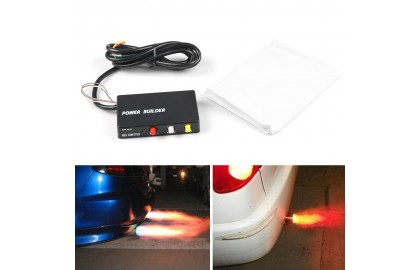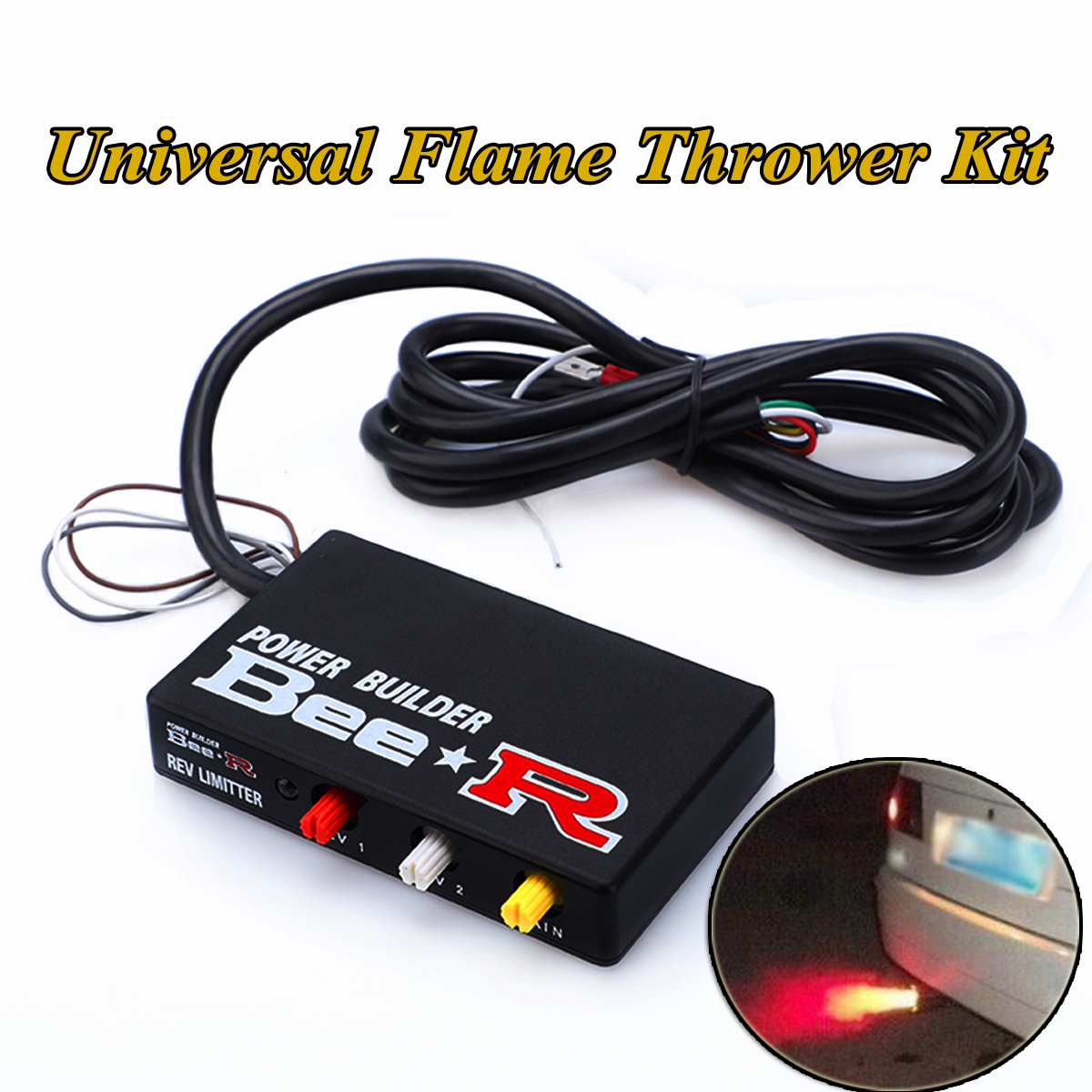Here's How To Make Your Car Exhaust Spit Flames


Why do cars spit flames?
The main reason you’ll see flames shooting from a car’s pipes is that unburnt fuel has been dumped into the exhaust system and has caught fire. Therefore the easiest and most common way to get your flamethrower on is to get rid of your catalytic converter (its job is to clean up stuff like fuel from exiting the car, which is great for the environment but bad for your fiery intentions) and fit a straight-through exhaust.
The next step is to make sure you’re dumping a lot of fuel into the exhaust. An easy way to do this is to accelerate hard with a wide open throttle, then slide your foot off the accelerator to quickly snap the throttle shut. All that fuel and air that had been dumped into the combustion chamber is now not needed for propulsion so doesn’t get lit, and instead gets spat into the exhaust where it will (probably) ignite on the hot pipes. Voila: fire…maybe. It’s likely you’ll have to run a richer fuel mix to make it work; the more fuel you can dump into the exhaust, the bigger the bang. Also, if your car has a turbo, an atmospheric blow off valve will help.
Are some engines better at causing flames than others?
Yes. The fast track to flame throwing is to get yourself a rotary-powered car. The reason they work so well is because they naturally run richer, meaning there’s more combustible gases making their way through the exhaust system. A straight-piped rotoary-engined car will likely spit flames without the need to fiddle with anything.
What's the most ghetto way of making sure I spit fire every time?
I’m glad you asked, because it’s actually kinda genius, in its own little redneck way. In the old days, people who were keen on throwing flames from their exhausts would fit a spark plug about six inches from the end of the exhaust. They’d then wire it up to a button in the cabin that could initiate a spark and light waste fuel.
What are my options if I'm feeling a bit more sophisticated?
If you don’t like the idea of rigging a spark plug in your exhaust, but you do know your way around an engine management system, this might be the setup for you. All you have to do is tell the car not to cut fuel at high revs with a closed throttle - fuel will continue to be pumped into the engine, but when it isn’t ignited it’ll make a break for the exhaust. And we all know what happens then. Yep, flames.
I don't know how to do that, what else could I try?
Antilag and two-step systems are a great way to induce fire from your exhaust. Antilag systems work by combusting fuel after the engine and before the turbo, which keeps the turbo spinning when the flow of exhaust gases isn’t high enough to do so. This reduces turbo lag, but also ensures some extra unburnt fuel makes its way into the exhaust. Good for flames, though admittedly bad for your manifold and turbo if used to excess.
Two-step systems essentially give you two rev limiters. You can set the lower limit to whatever RPM you reckon gives you the best tyre hookup from launch, while the second, higher limit is usually your car’s natural red line. While holding at the lower limit, fuel will continue to be pumped into the combustion chamber, but the two-step system ensures it doesn’t always ignite - that’s how it holds the engine at your desired revs. Where does this unburnt fuel go? Yep, you got it in one: the exhaust.
Upgrade your Flame Exhaust today with Elecdeer Exhaust Muffler Flame Thrower Kit today.
